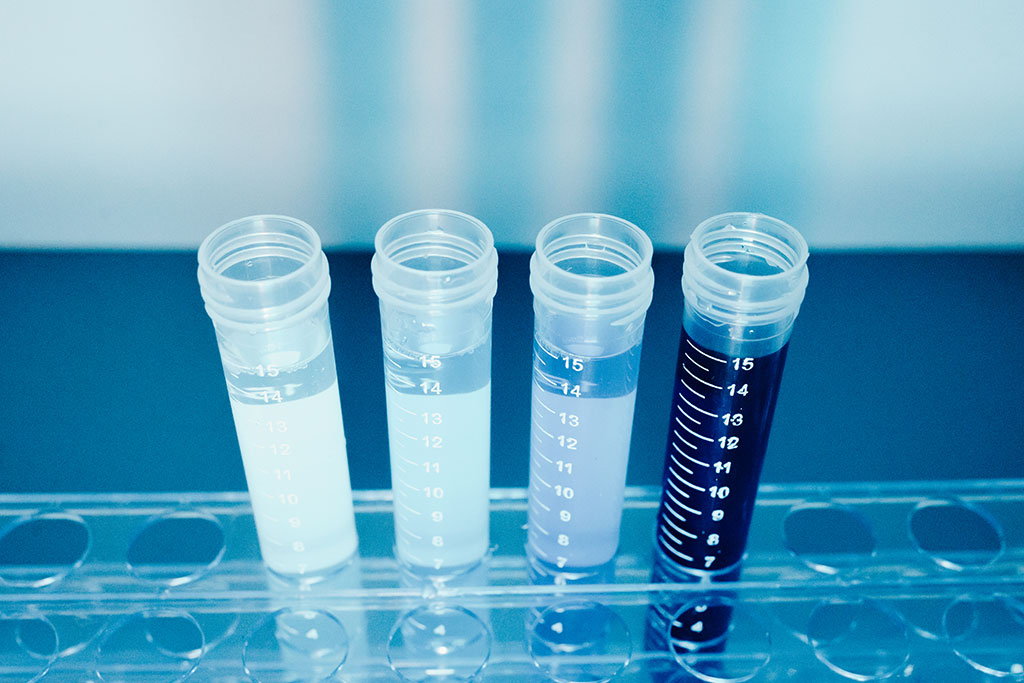Early-Pregnancy Urine Test Could Predict Preeclampsia
Posted on 12 Dec 2022
Preeclampsia is a dangerous complication of pregnancy and one of the top three causes of maternal death worldwide. Characterized by high blood pressure late in pregnancy, it affects 3% to 5% of pregnancies in the U.S. and up to 8% of pregnancies worldwide. Preeclampsia can lead to eclampsia, an obstetric emergency linked to seizures, strokes, permanent organ damage and death. At present, preeclampsia can be diagnosed only in the second half of pregnancy, and the sole treatment is to deliver the baby, putting infants at risk from premature birth. Now, researchers have discovered biomarkers in the blood and urine of women with preeclampsia that could lead to a low-cost test to predict the condition months before a pregnant woman shows symptoms. Predictive testing would enable better pregnancy monitoring and the development of more effective treatments.
To figure out which biological signals could provide an early warning system for preeclampsia, researchers at Stanford Medicine (Stanford, CA, USA) collected biological samples from pregnant women who did and did not develop preeclampsia. They conducted highly detailed analyses of all the samples, measuring changes in as many biological signals as possible, then zeroing in on a small set of the most useful predictive signals. The research team collected biological samples at two or three points in pregnancy (early, mid and late) in 49 women, of whom 29 developed preeclampsia during their pregnancies and 20 did not. The participants were selected from a larger cohort of women who had donated biological samples for pregnancy research at Stanford Medicine.

For each time point, the participants gave blood, urine and vaginal swab samples. The samples were used to measure six types of biological signals: all cell-free RNA in blood plasma, a measure of which genes are active; all proteins in plasma; all metabolic products in plasma; all metabolic products in urine; all fat-like molecules in plasma; and all microbes/bacteria in vaginal swabs. The scientists also conducted measurements of all immune cells in plasma in a subset of 19 of the participants. Using the resulting thousands of measurements, as well as information about which participants developed preeclampsia and when in pregnancy each sample was collected, the scientists used machine learning to determine which biological signals best predicted who progressed to preeclampsia.
They aimed to identify a small set of signals detectable in the first 16 weeks of pregnancy that could form the basis for a simple, low-cost diagnostic test feasible to use in low-, middle- and high-income countries. To estimate the accuracy of the machine learning models, the researchers initially constructed the models with data from the discovery cohort, then confirmed the results by testing their performance on data from women in the validation cohort. A prediction model using a set of nine urine metabolites was highly accurate, the researchers found. These urine markers, in samples collected before week 16 of pregnancy, strongly predicted who later developed preeclampsia. The performance of the test was measured by a statistical standard used in machine learning known as area under the characteristic curve. An AUC of 1 for a test with two possible outcomes indicates perfect prediction, whereas an AUC of 0.5 indicates no predictive value, the same as the results obtained from a coin toss. For the urine markers, the AUC was 0.88 in the discovery cohort and 0.83 in the validation cohort, indicating high prediction capability.
Measuring the same set of urine metabolites in samples collected throughout pregnancy produced similar predictive power, with an AUC of 0.89 in the discovery cohort and 0.87 in the validation cohort. The researchers confirmed that their model had stronger predictive power than using only clinical features linked to a pregnant woman’s preeclampsia risk, such as chronic hypertension, high body mass index and carrying twins. A set of nine proteins measured in blood performed almost as strongly, with an AUC of 0.84. The researchers also created a predictive model that combined participants’ clinical features with urine metabolites, which enabled them to predict preeclampsia starting early in pregnancy with an AUC of 0.96. The clinical features in the combined model are data that are already collected as part of standard medical records, such as patients’ age, height, body mass index and pre-pregnancy hypertension.
“We used a number of cutting-edge technologies on Stanford University’s campus to analyze preeclampsia at an unprecedented level of biological detail,” said the study’s senior author Nima Aghaeepour, PhD, associate professor of pediatrics and of anesthesiology, perioperative and pain medicine. “We learned that a urine test fairly early on during pregnancy has a strong statistical power for predicting preeclampsia.”
Related Links:
Stanford Medicine













